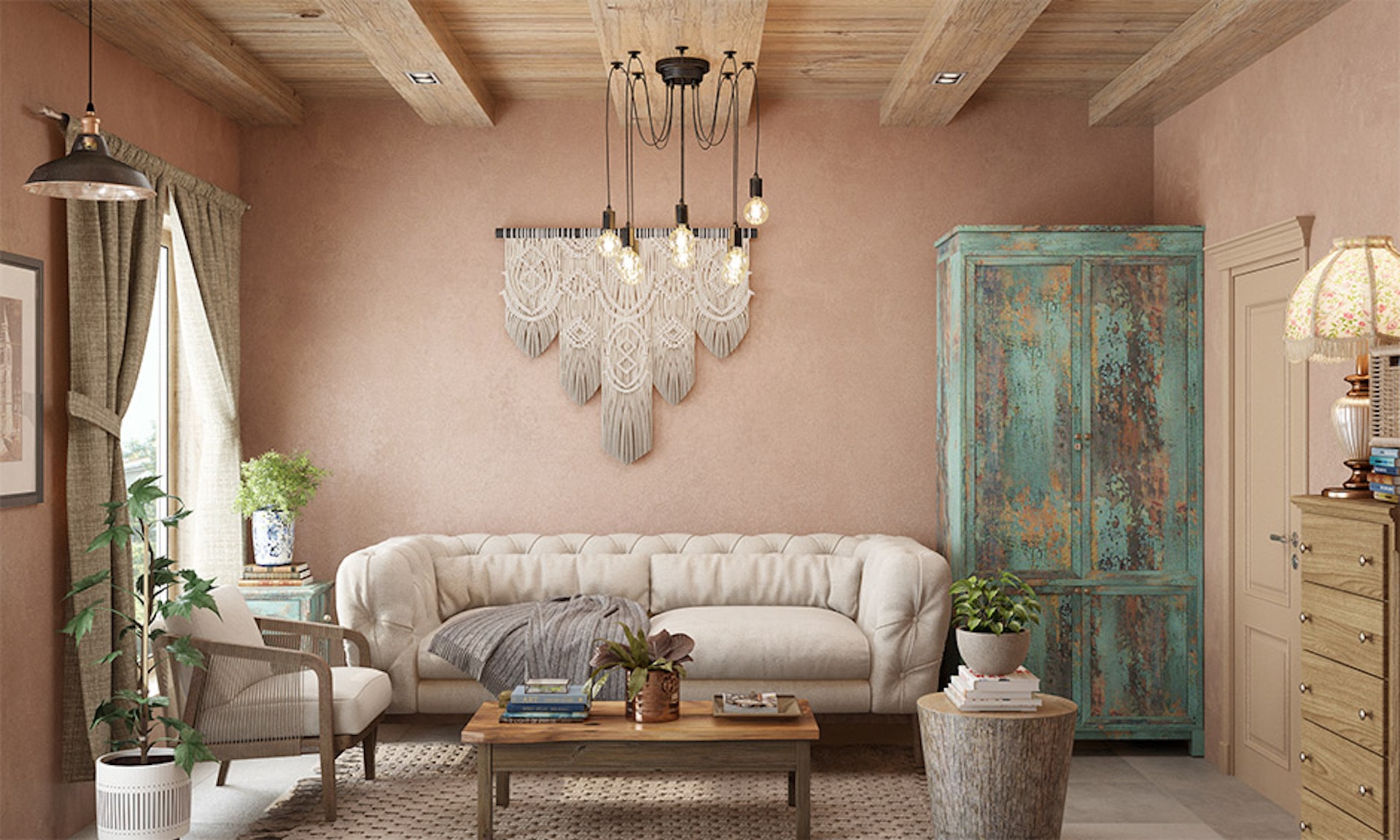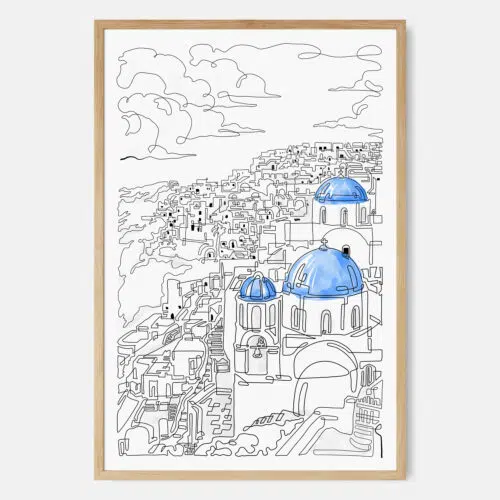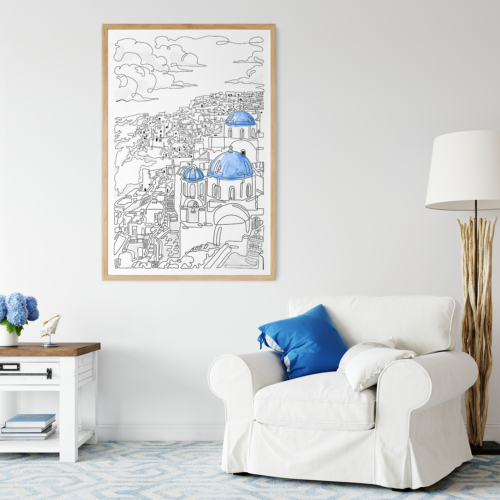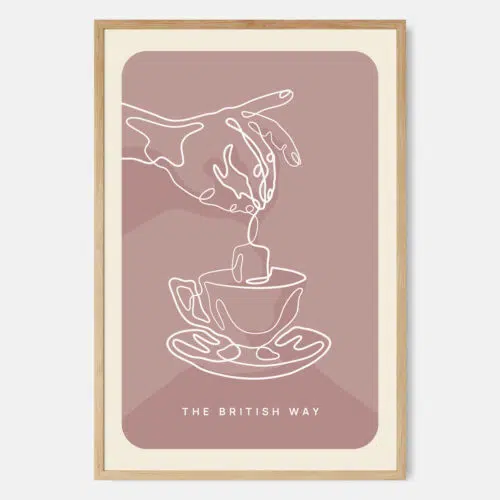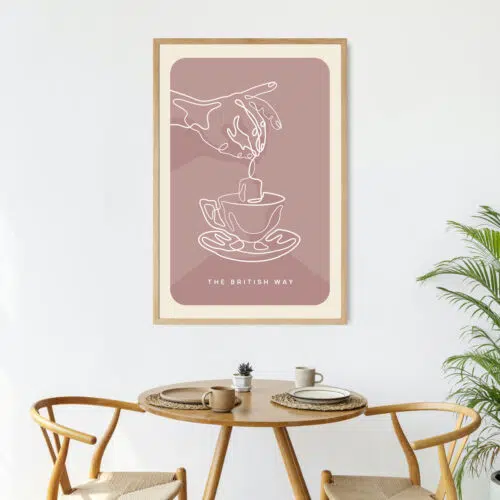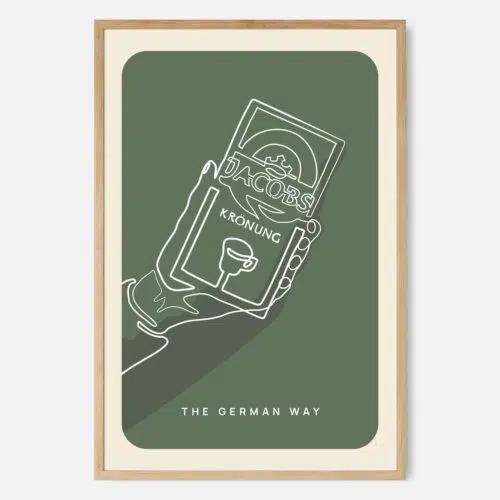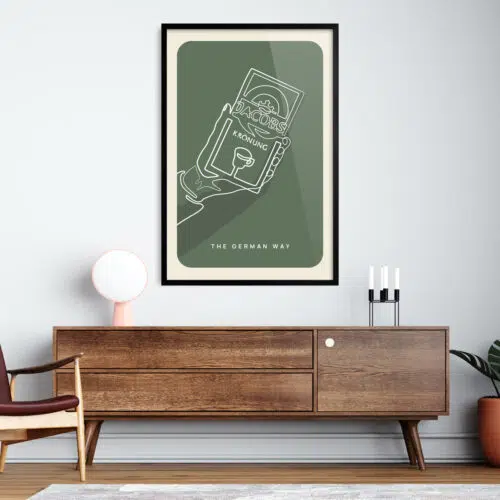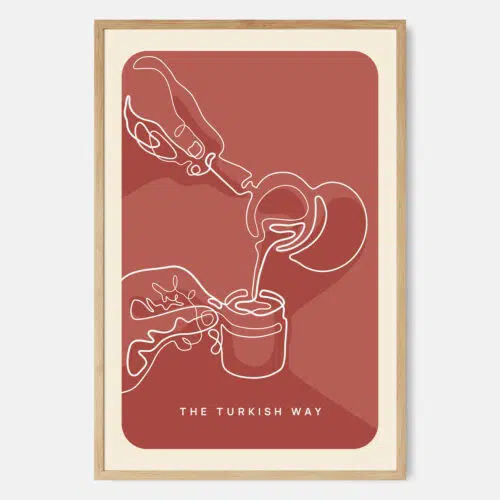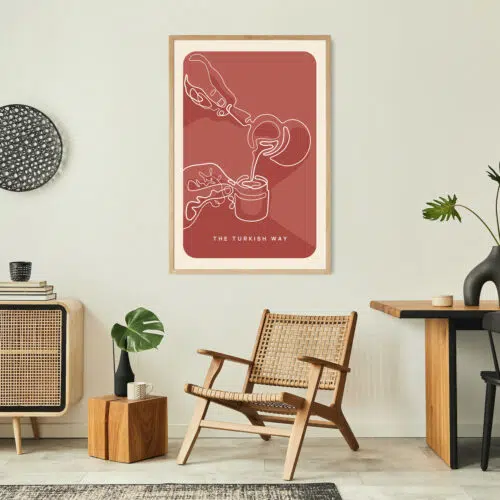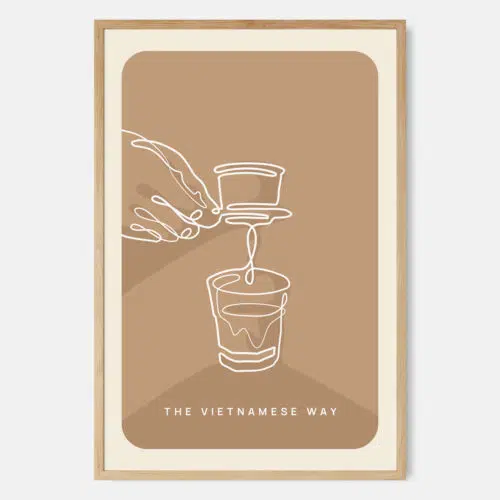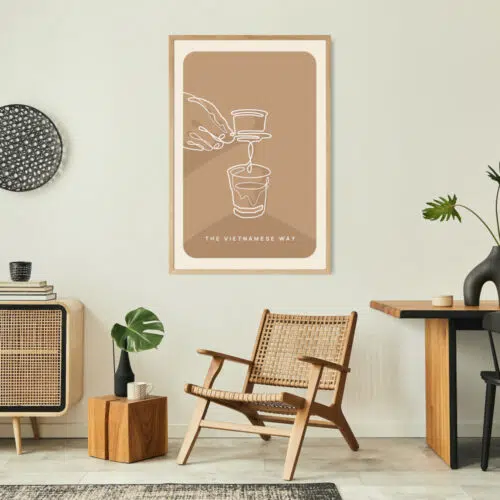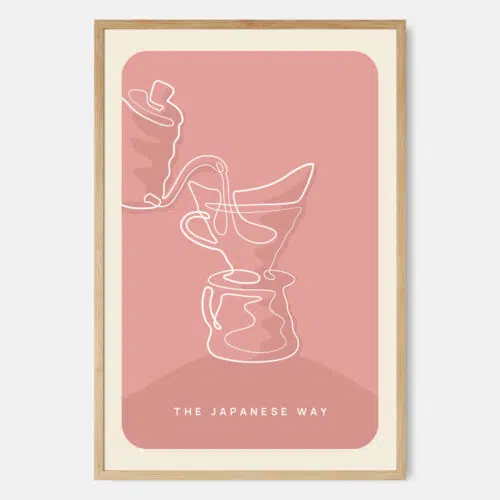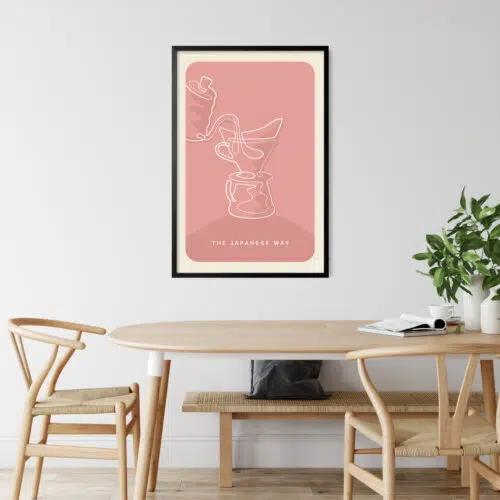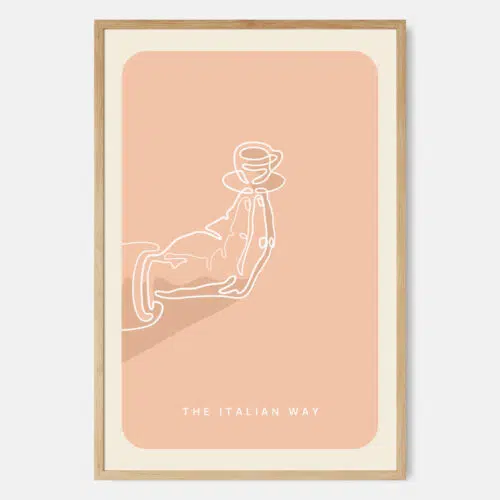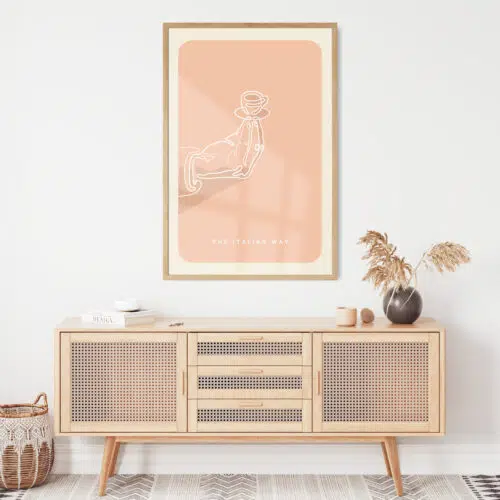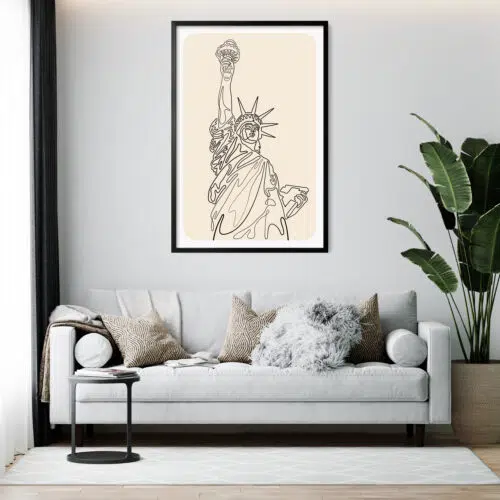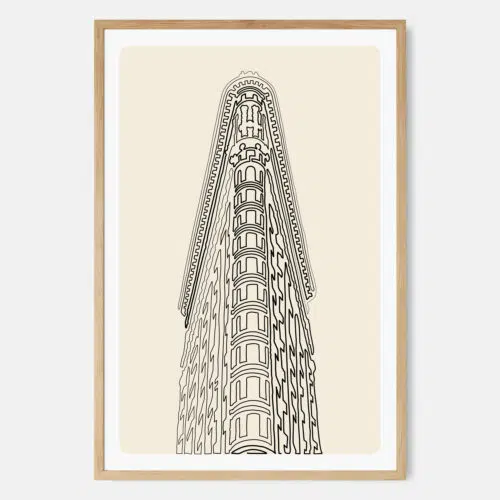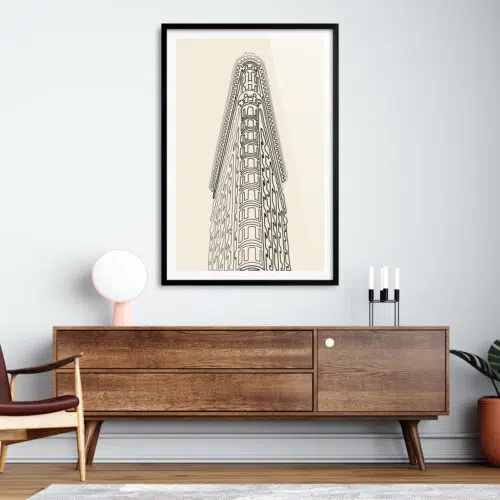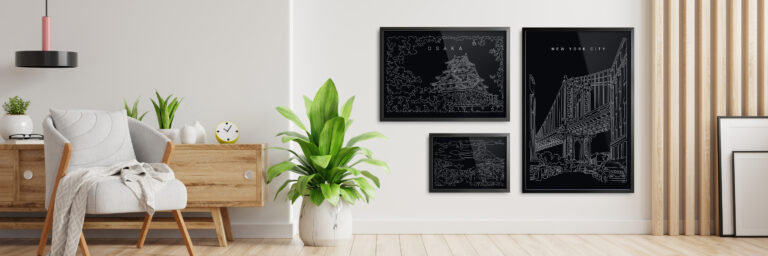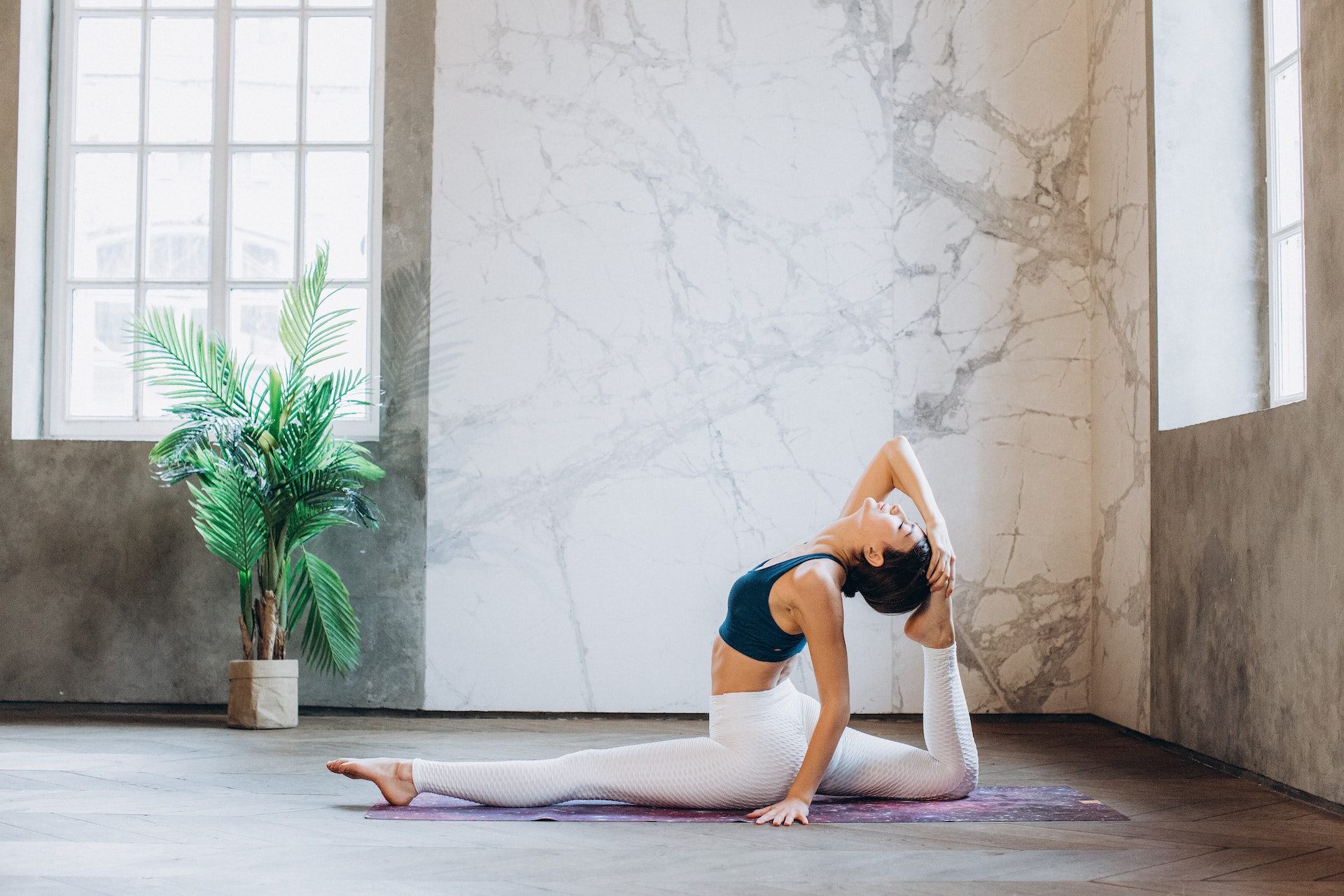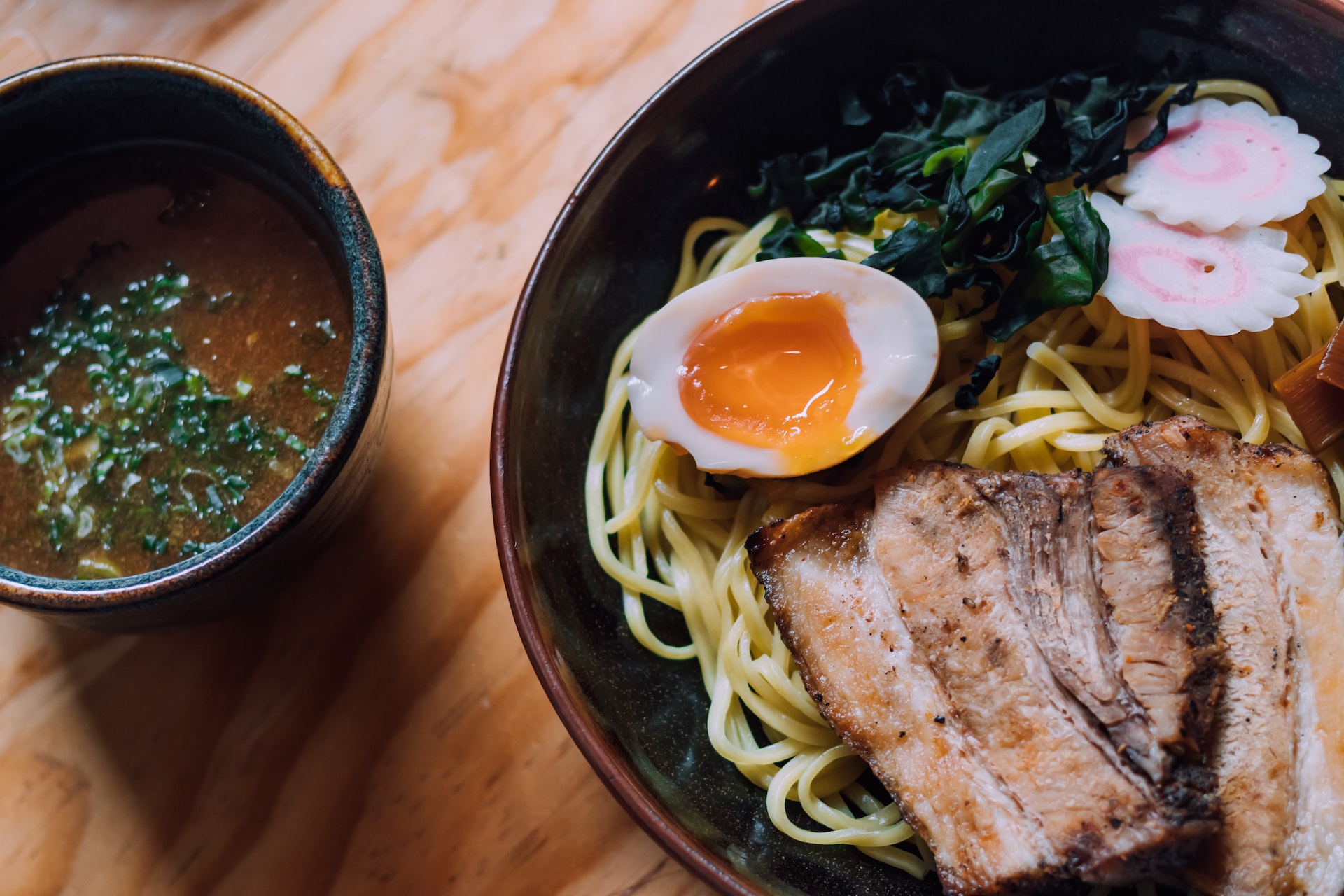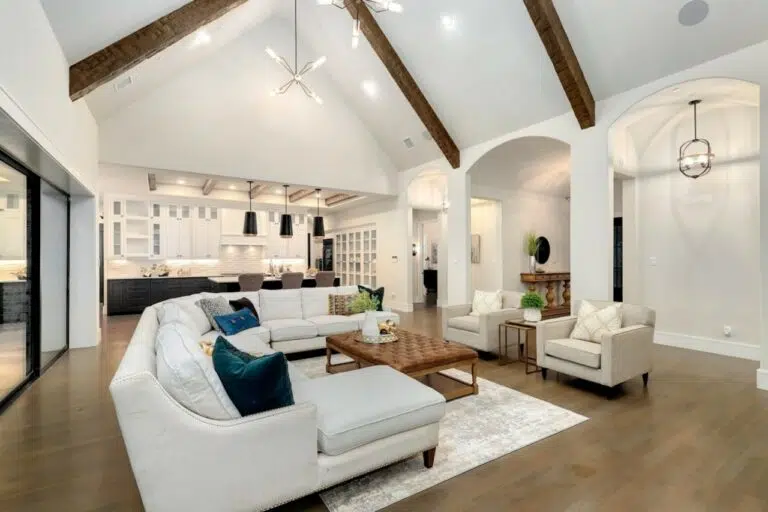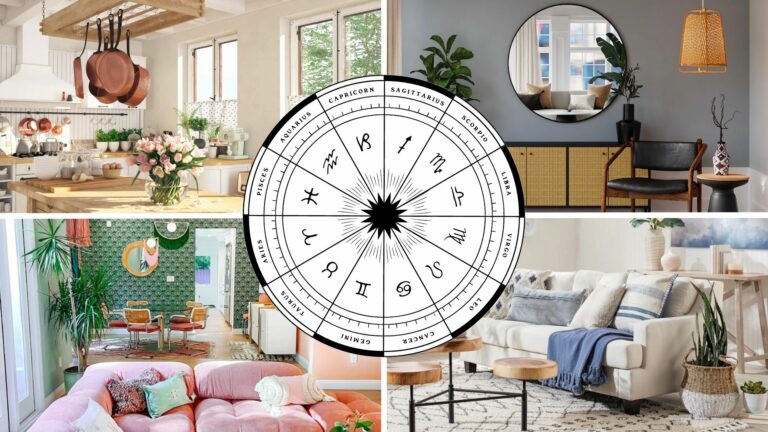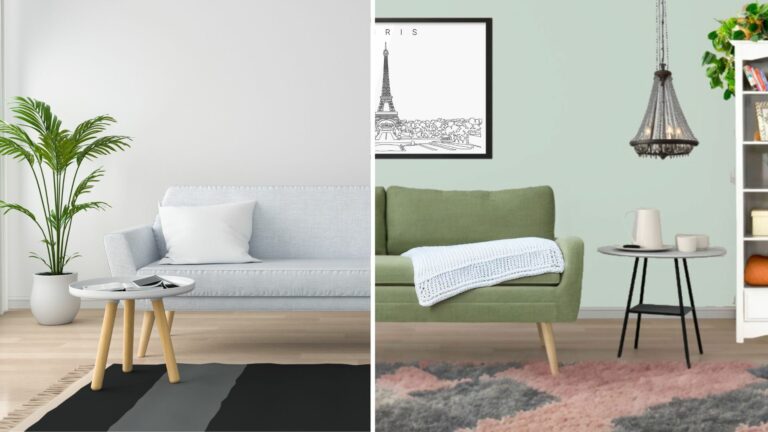If you’re looking for that perfect interior design style that not only creates a calming environment in your home, but also enhances your mental health and sense of peace, Wabi Sabi is for you. Wabi Sabi interior design has been a trend for years, and for good reason; it’s not just about a specific way of decorating, it’s a design style (and philosophy) that speaks to your soul.
In this article, I’ll share what this Japanese philosophy is all about, how you can incorporate it in your home, and other ways it can improve your life.
What does Wabi Sabi mean?
Wabi = “rustic simplicity”
Sabi = “appreciating the old”
Wabi Sabi is a Japanese philosophy that focuses on the beauty of things imperfect, impermanent, and incomplete.
It was coined by Japanese architect, designer and poet Yoshio Taniguchi in 1964. Wabi Sabi is a way of life that embraces the natural cycle of growth, decay and regeneration.
I’m sure you’ve heard the Japanese concept of mending broken objects with gold instead of throwing the broken pieces away. They honor the imperfection and believe it becomes even more beautiful because it has a story.
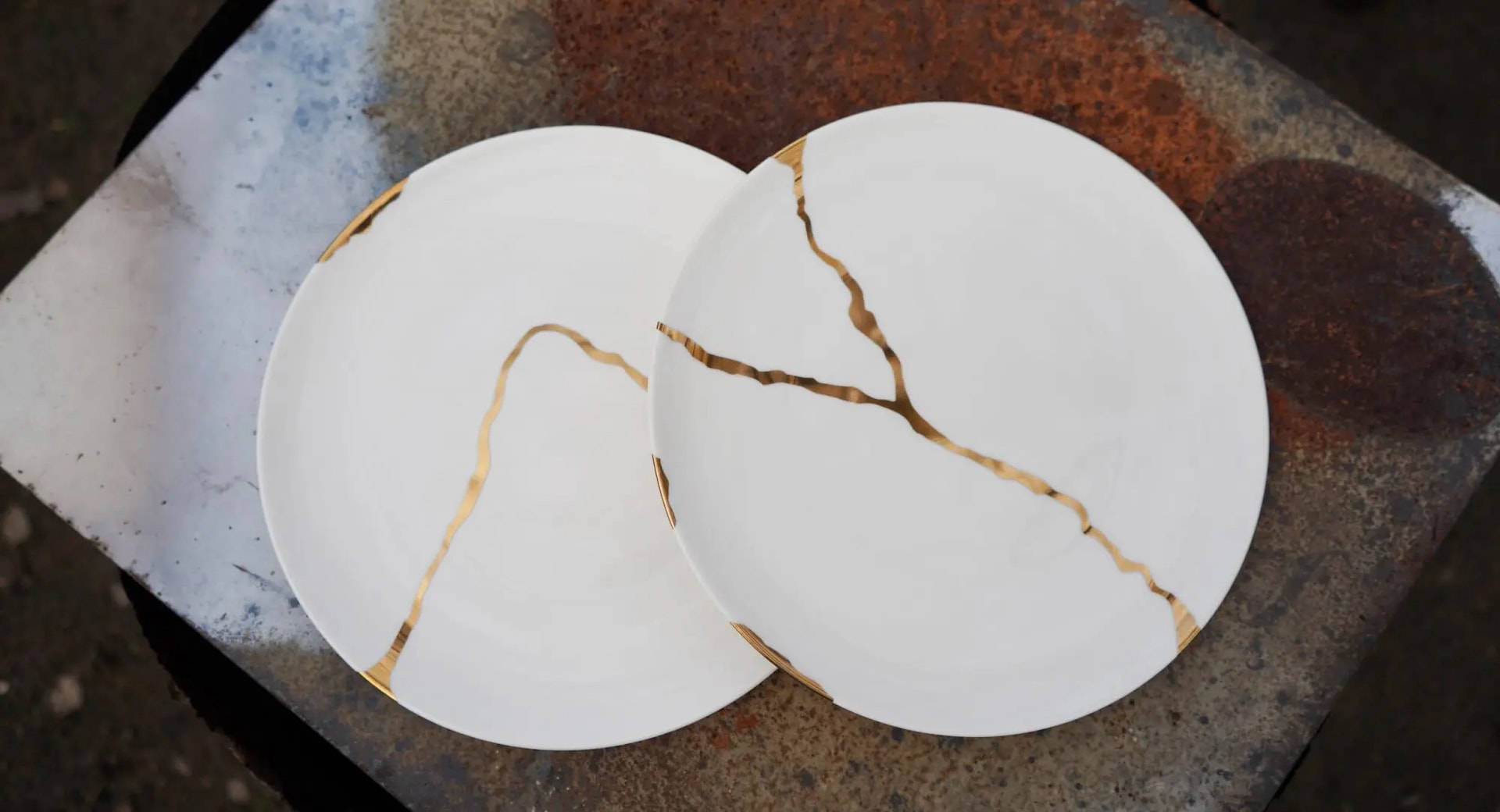
Wabi Sabi is like finding beauty in something that’s seen better days or broken down beyond repair—like an old pair of jeans or a cracked vase. Wabi Sabi isn’t about making your home look broken down or dirty; it’s about embracing those elements of life that have already been ‘broken’ so you can find peace within yourself through the simple pleasures of life.
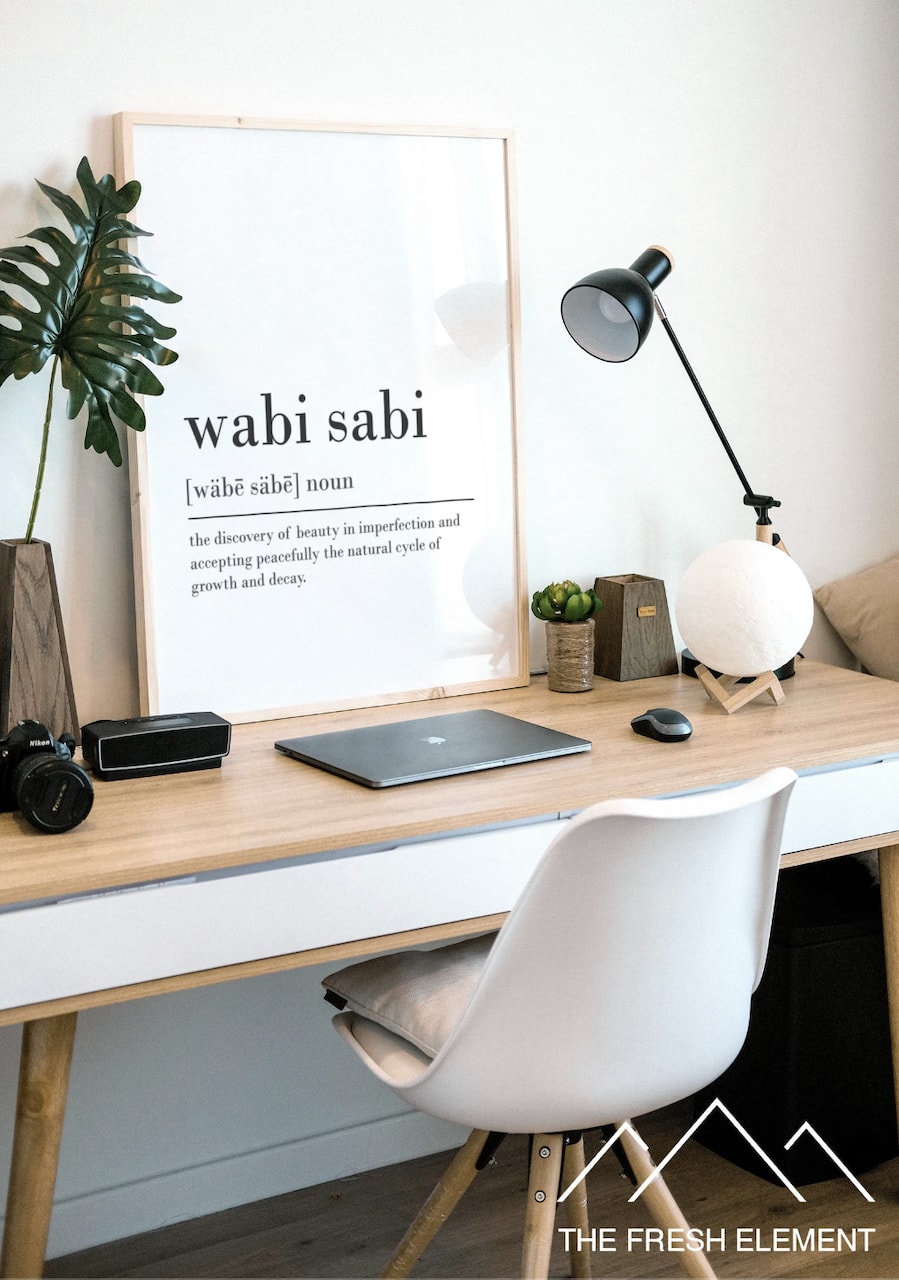
Related Post: Cozy Corner Ideas – 5 Creative Ways to Transform Your Empty Corner Into Something Inspiring
The Seven Principles of Wabi Sabi:
- Simplicity (Kanso): Getting rid of clutter and focus on clarity.
- Asymmetry (Fukinsei): Letting go of control and appreciating the imperfect.
- Beauty in the Understated (Shibumi): There is no need for flashiness.
- Natural (Shizen): Keeping things pure.
- Subtlety (Yugen): Finding beauty in the mysterious and using imagination – less is more.
- Freedom (Dattsuzoku): Embracing the unknown and doing things differently.
- Tranquility (Seijaku): Developing mindfulness and being in the present moment.
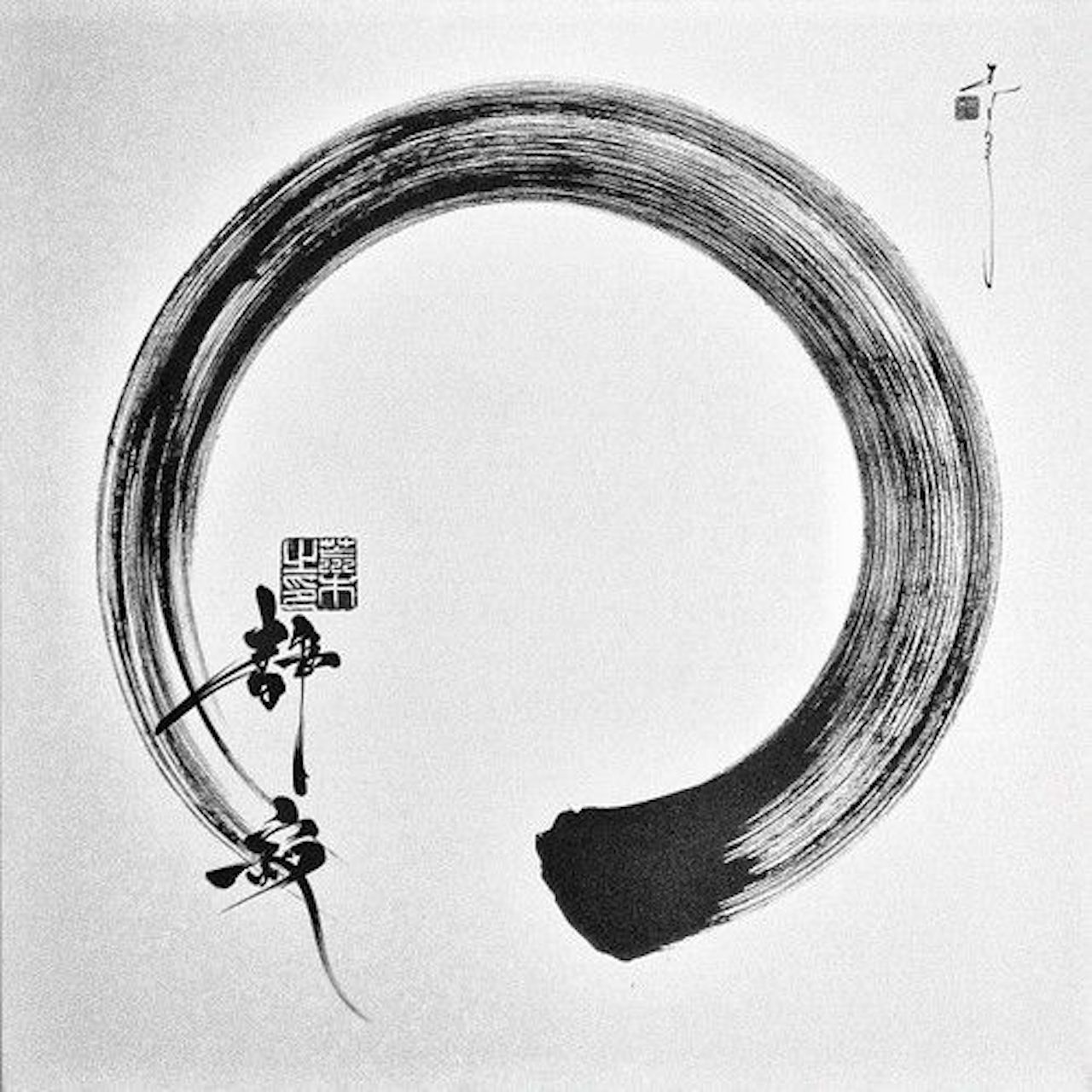
How is the Wabi Sabi Philosophy Used in Interior Design?
The Wabi Sabi philosophy has been used in architecture, art and even music over the years – but how can it be applied to interior design? Wabi Sabi is all about creating a sense of calm and serenity in your home.
Wabi Sabi interior design is characterized by simplicity and imperfection. There’s an emphasis on the natural tendencies of materials, like wood grain and patina. It also combines organic materials with inorganic elements to create a balance between the two worlds.
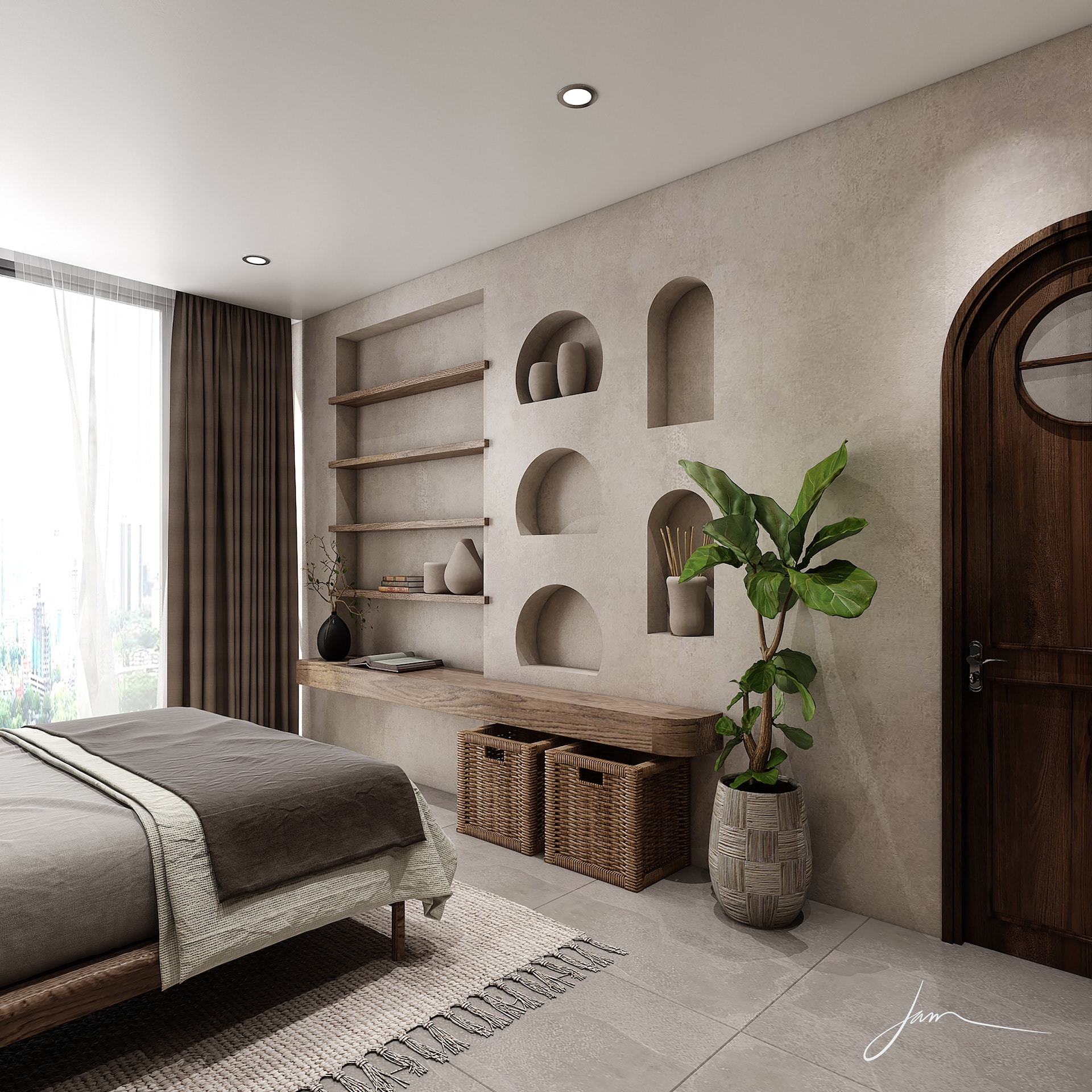
To achieve the Wabi Sabi ‘spirit,’ it’s important to focus on minimalism. One of the best ways to do this is by getting rid of anything that doesn’t make you happy when you look at it. Let’s channel Marie Condo, shall we?
Look at each item in your home and ask, “Does it spark joy?” Pay attention to how you immediately feel, and if the item doesn’t spark joy, it has served its purpose. When you de-clutter your space, you de-clutter your mind.
Wabi Sabi is not just about what you have in your home, though—it’s how everything is used that makes or breaks the Wabi Sabi aesthetic. Wabi Sabi designers use elements like natural light, open spaces, and simple (but intentional) decor to give their homes that serene feeling we all want to achieve when we’re at home. The Japanese believe that every object has a soul, or spiritual essence. When you find a piece of furniture you love, it’s not just because of its appearance, but also because you resonate with its soul.
What Home Decor is Considered Wabi Sabi?
Wabi Sabi interior design is a modern interpretation of this ancient philosophy that strives to bring beauty into our homes through simple design elements. A Wabi Sabi home focuses on a natural aesthetic, as well as minimalism and simplicity. Here are some decor ideas to turn your home into a zen space:
- Create interest by mixing old with new and layering details. Shop flea markets and vintage shops for unique finds, rather than only buying what’s popular at the moment. Pairing something natural (like a wood table) with a modern element (like glass) to create a warm yet cool space that feels grounded and authentic.
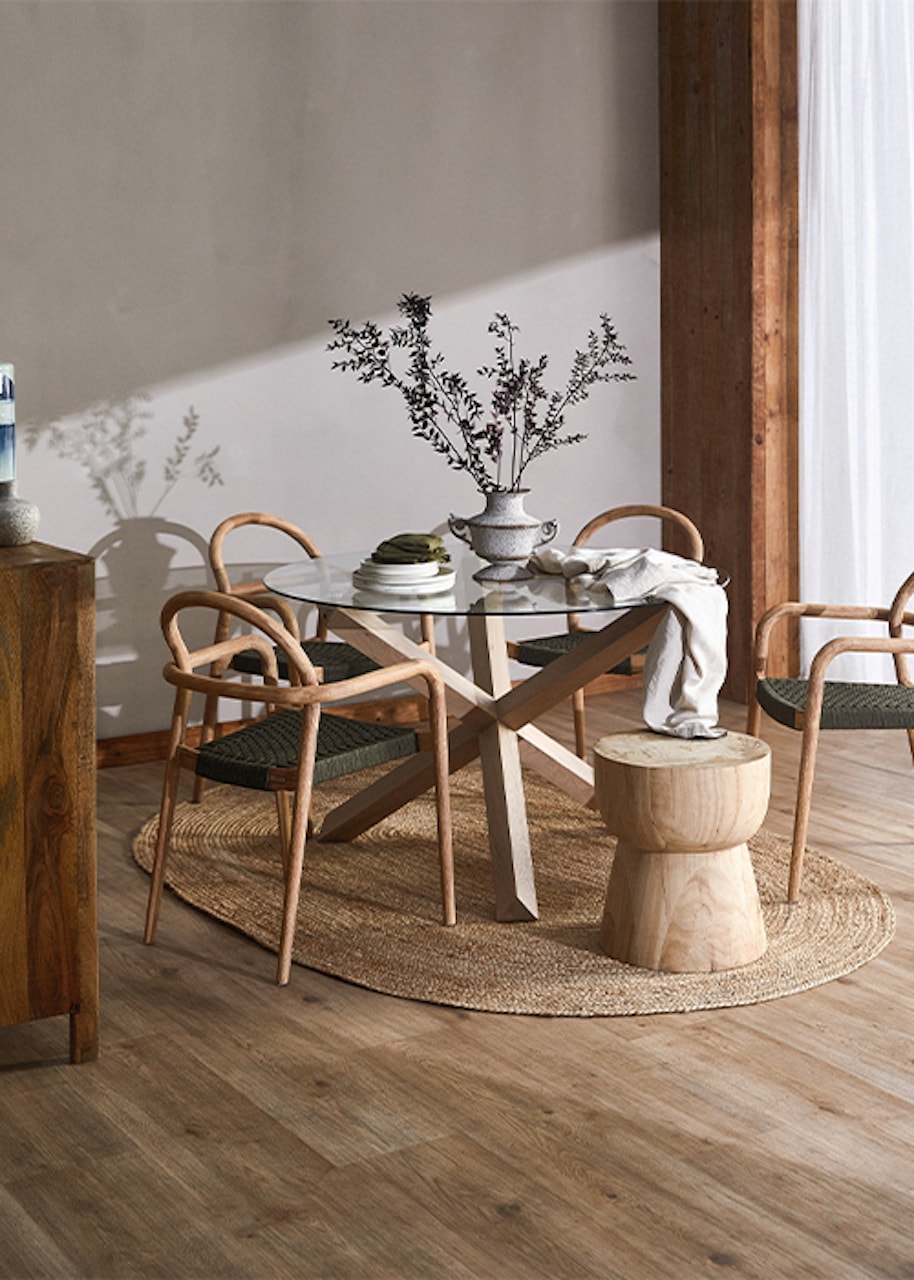
- Use natural materials like wood, stone and metal for your furniture and decor. Also use natural textures like woven basketry or natural fabrics to bring out the feeling of timelessness within any room of your house because these objects don’t age quickly. Yet, when they do age, they become even more beautiful.
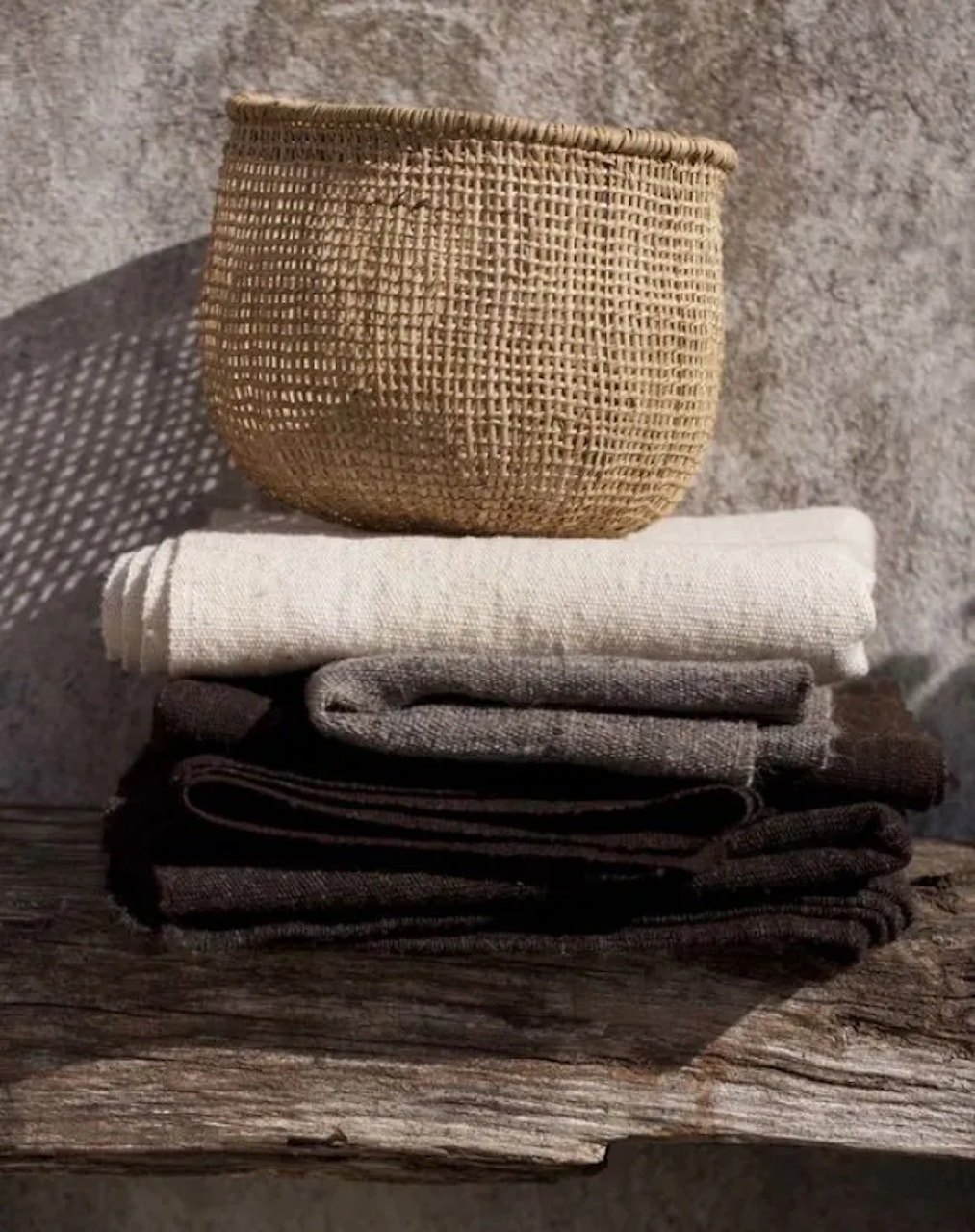
- Choose neutral colors for your walls, furniture, and decor. Wabi Sabi interiors tend to be more neutral than colorful, with earthy tones. Tans, browns, blues, and grey are the most common color choices.
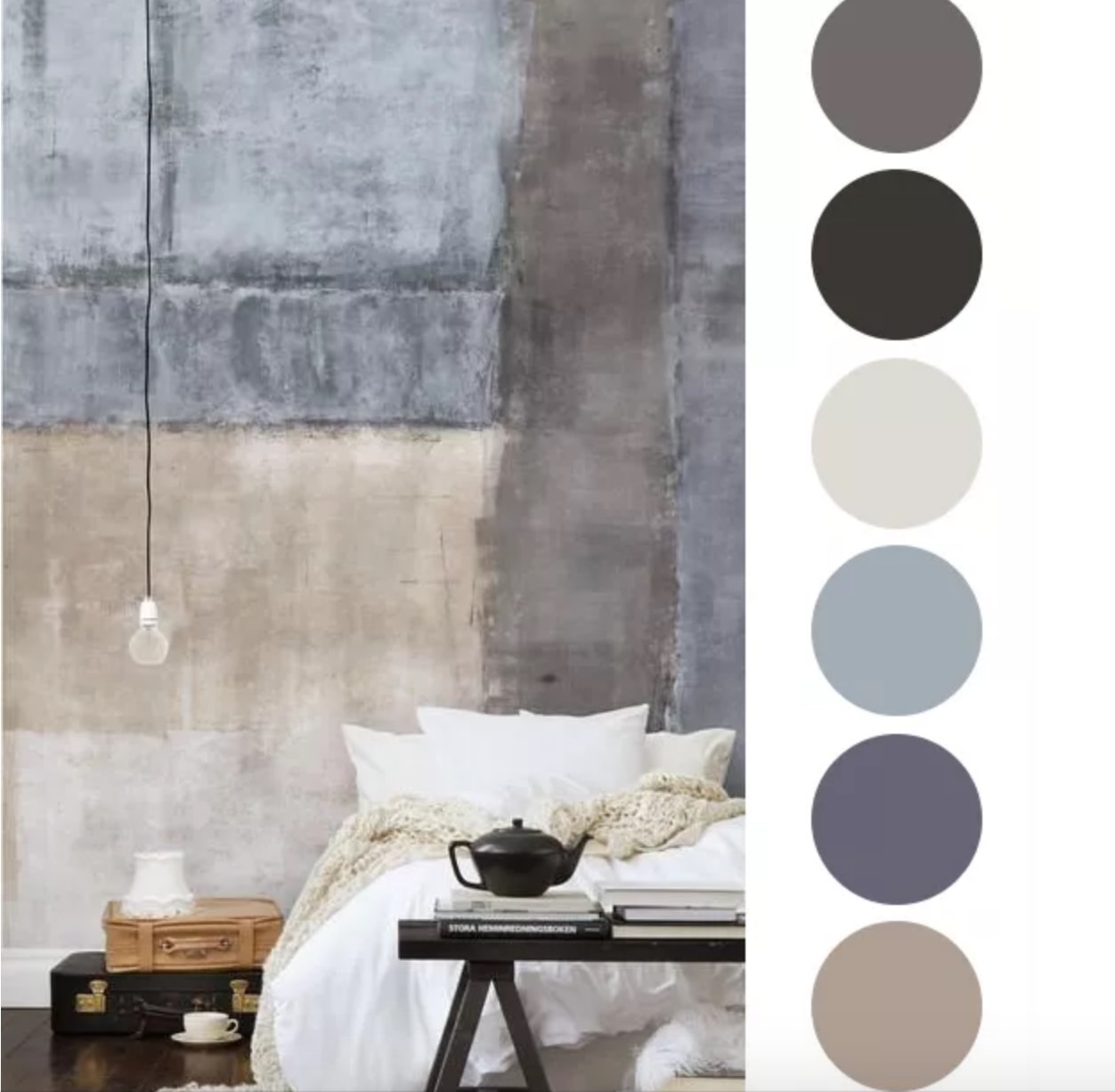
- Place incense and plants throughout your home. Wabi Sabi has roots in Buddhism, so the use of incense and plants adds an element of spirituality to your home and reminds us of our connection with nature.
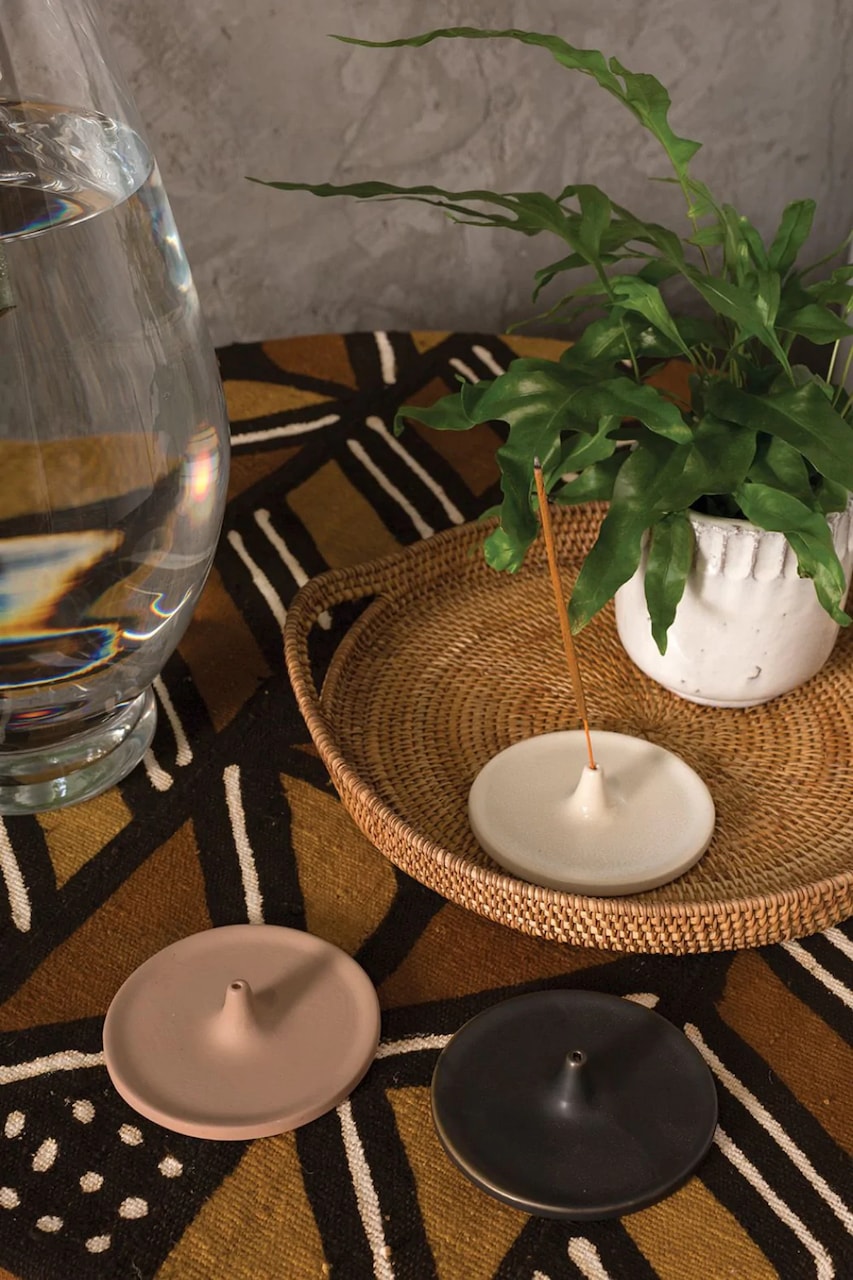
5 Ways Wabi Sabi Will Make Your Life Better
1. It helps you love your home.
Wabi Sabi helps you to love your home, even if it isn’t perfect. You stop expecting perfection and just accept things as they are. This is a big help because nothing ever goes exactly according to plan in life and this way we can be more accepting of whatever happens in our day-to-day lives, as well as in our homes!
2. It creates a sense of calm and serenity in your home.
The attention on the details means that there is less clutter or messes around the house because everything has its place. There will already be an aesthetic order to everything around the house which makes it feel like calmness for those who live there (even if work gets stressful outside). Less is more: less stuff in your space means more room for your mind.
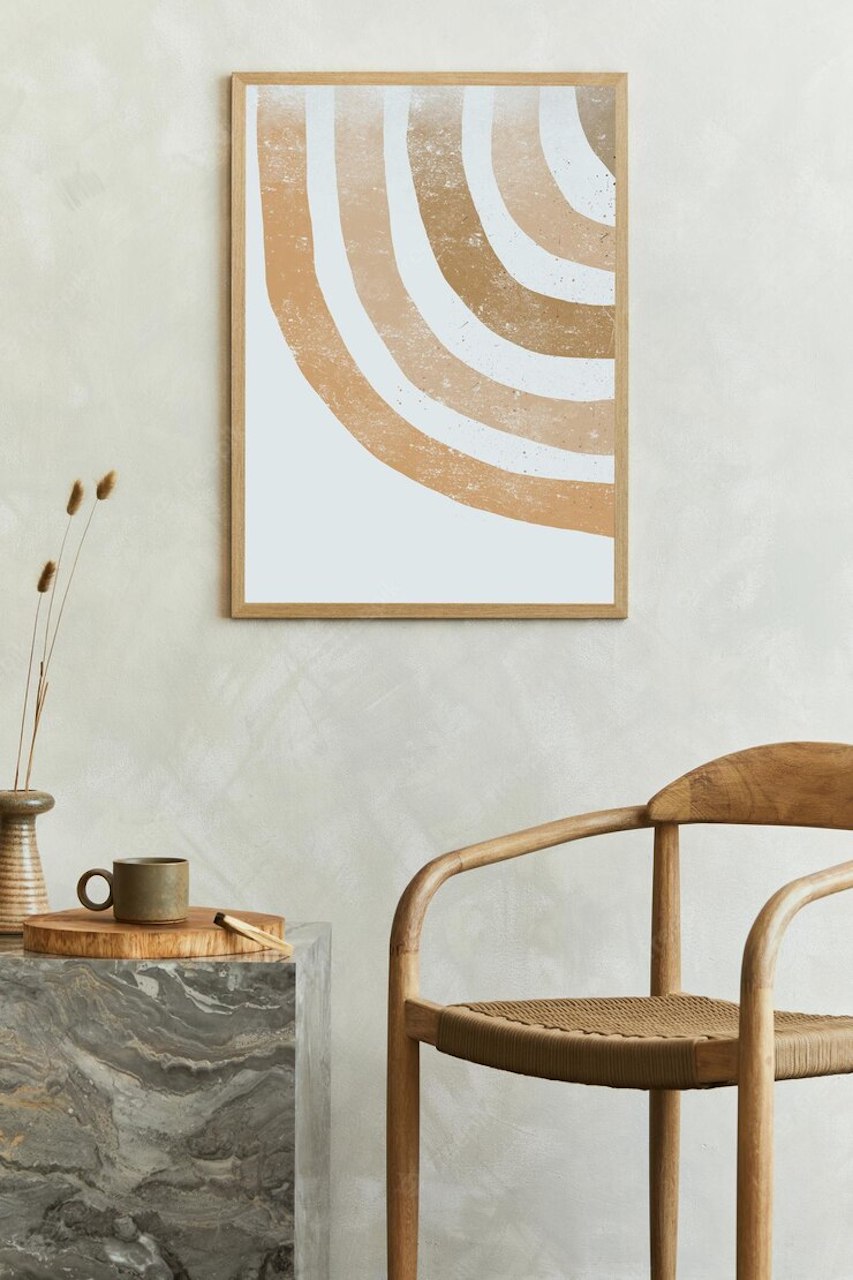
3. It inspires creativity and reflection.
Wabi Sabi encourages you to slow down and reflect on what matters most to you. It reminds us to think about what makes something truly beautiful beyond its appearance, and how this might look different for each person depending on their individual experiences and preferences.
4. It makes you more aware of the natural environment around you.
There is a Buddhist belief that says that all things in this world are transient; that we should be constantly aware that nothing lasts. Just like nature and our environment – there is a cycle to everything and we should embrace impermanence. This inspires us to always be present.
5. It also improves the world by encouraging recycling.
Wabi Sabi encourages you to find beauty in what is already there rather than replacing it with something new every time something gets old or broken down. This means we’re less likely to buy over-produced items that usually end up in landfills.
What’s the difference between wabi sabi and minimalism?
Both Wabi Sabi and minimalism are about taking an honest look at what we own, what we use, and what we need in order to improve our lives. They both require us to be mindful of our actions and how they impact the world around us. Wabi Sabi is a disciplined, purposeful, and intentional approach to living. Minimalism is about reducing your belongings to the point where you can live comfortably and still have time for the things that really matter.
In the world of aesthetics, minimalism and Wabi Sabi are two very different things.
Minimalism is a style of design that features clean lines and simple forms, often with stark colors and geometric shapes. Think of a modern art gallery or an Apple store.
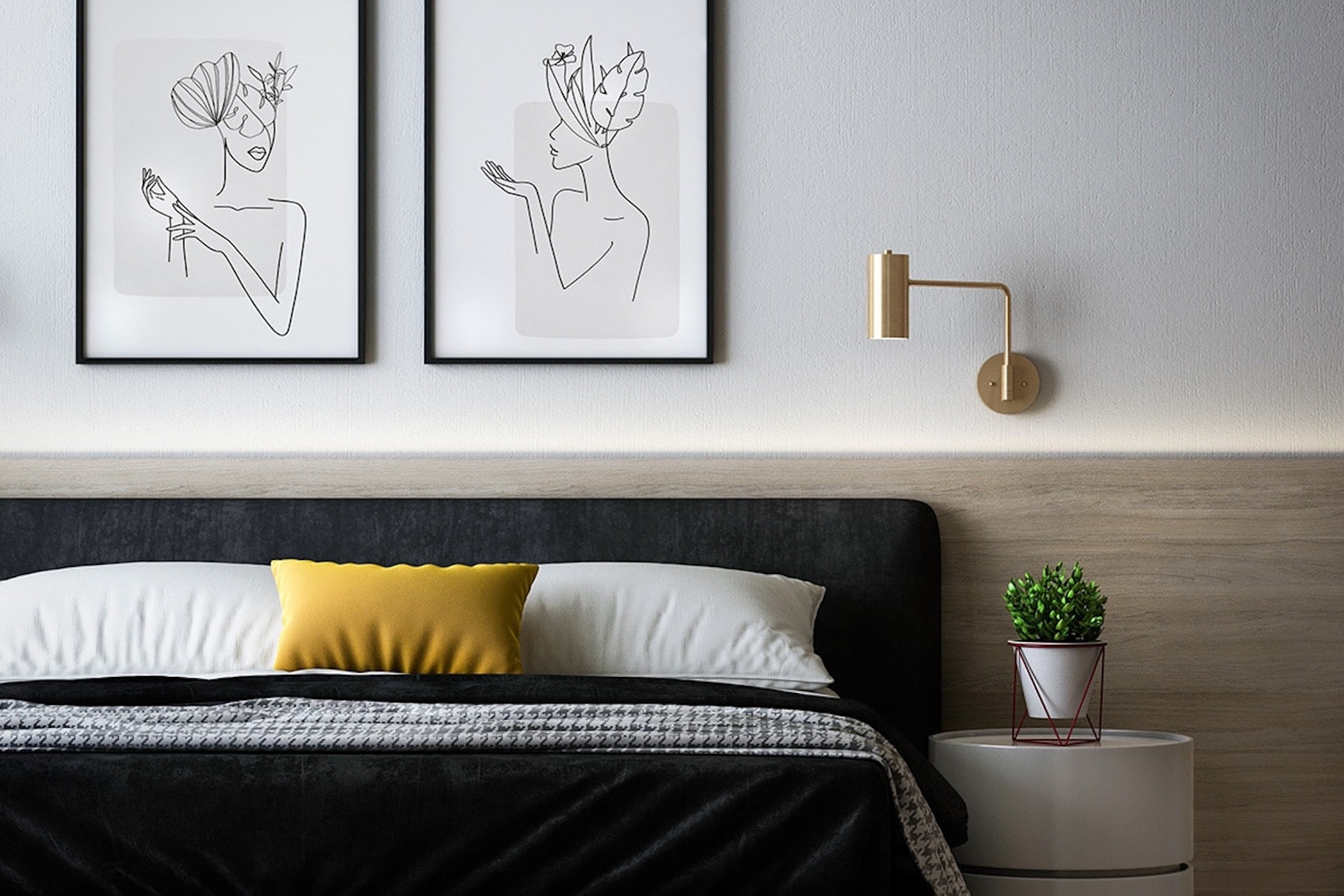
Wabi Sabi refers to the beauty in things that are imperfect or incomplete. It’s about appreciating the beauty of something that has been broken or worn down by time, and also appreciating the soul of every object.
Wabi Sabi can be seen in everything from moss-covered stones to cracked ceramics to handmade wooden bowls that have been sanded down until they’re smooth as glass. It’s about finding beauty in imperfections; it’s about recognizing that there isn’t always a need for perfection — and sometimes it’s even better this way!
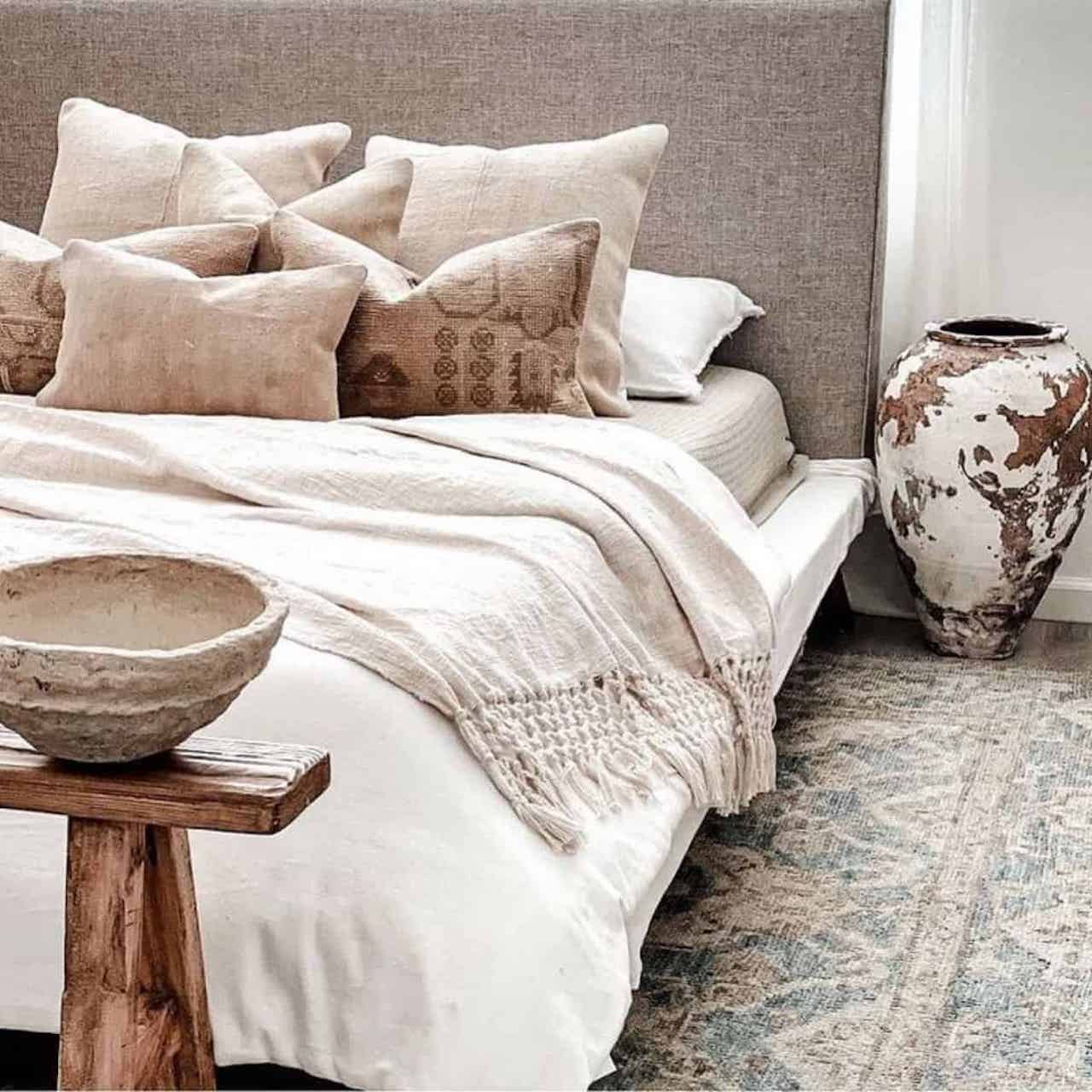
Other Ways to Incorporate the Wabi Sabi Philosophy Into Your Life
- Make your own pottery
- Grow your own food
- Accept other people’s faults (and your own), rather than trying to fix everything
- Align your actions with your words
- Make your own natural remedies
- Embrace your natural beauty; don’t be concerned with nipping and tucking every flaw
- And my personal favorite: choose your own path in life instead of following society’s expectations for what makes you happy
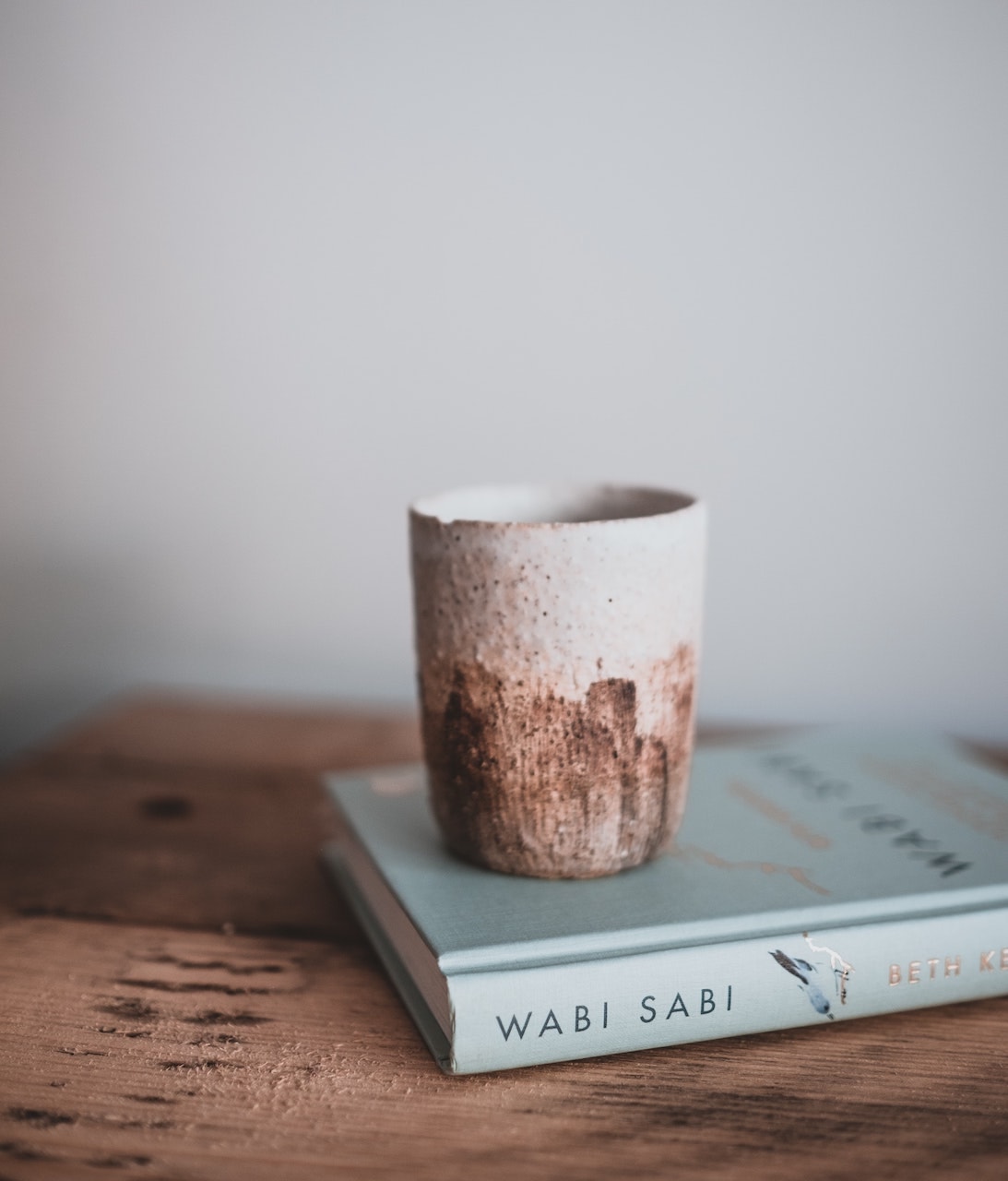
The Wabi Sabi Way of Life
If you’re looking for a new way to approach decorating your home (and living your life), Wabi Sabi could be just what you need. Wabi Sabi, at its core, is an exercise in self-awareness. By paying attention to the small things around you and learning to appreciate them for what they are, you can change your perspective on life and open yourself up to a deeper sense of contentment. Perhaps its time to apply this philosophy to our home – rearrange your furniture, rethink your color palette, or find ways to simplify your environment. But the most important step is that you take time to enjoy the space you’re in.
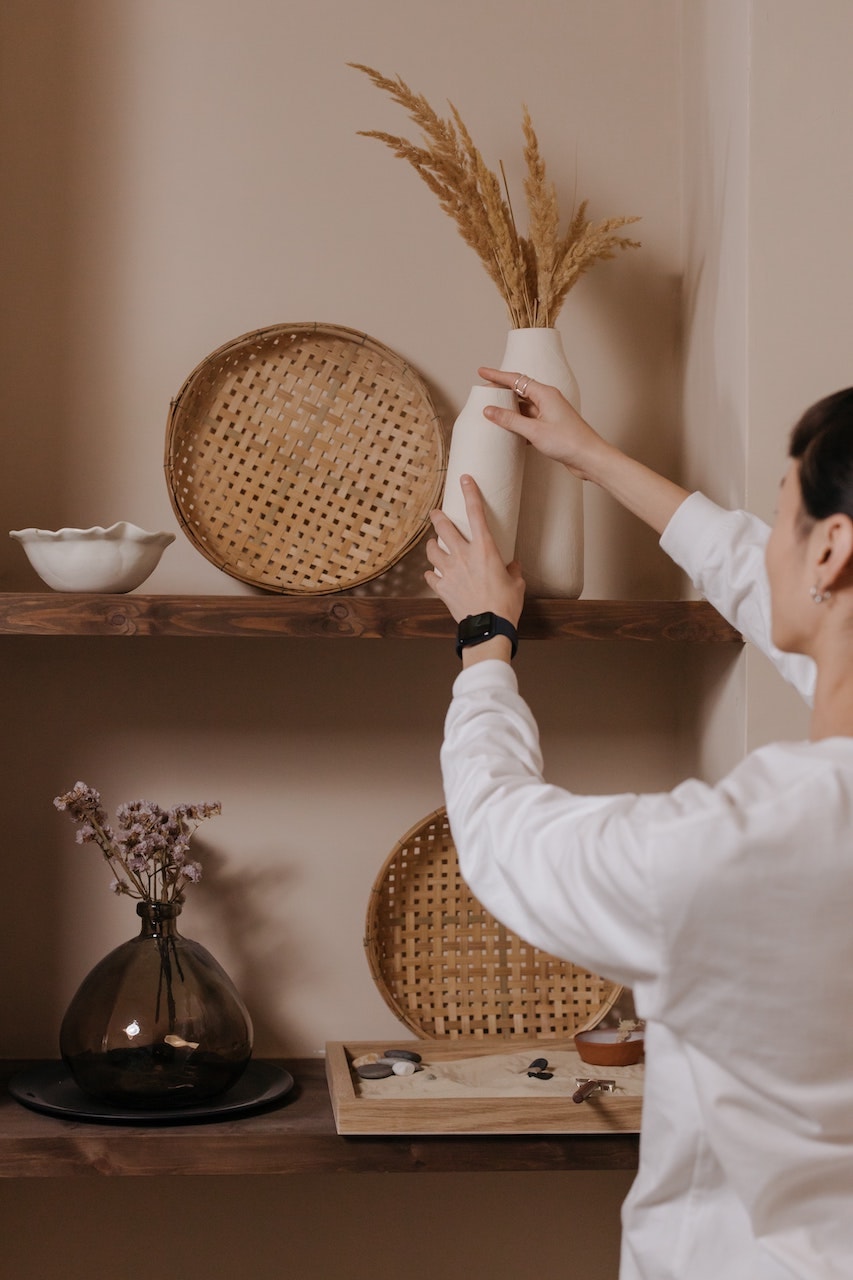
At EverLineArt, our vision is to enhance interior spaces through refined aesthetic line art, igniting creativity and fostering a sense of well-being in both personal and commercial arenas.
